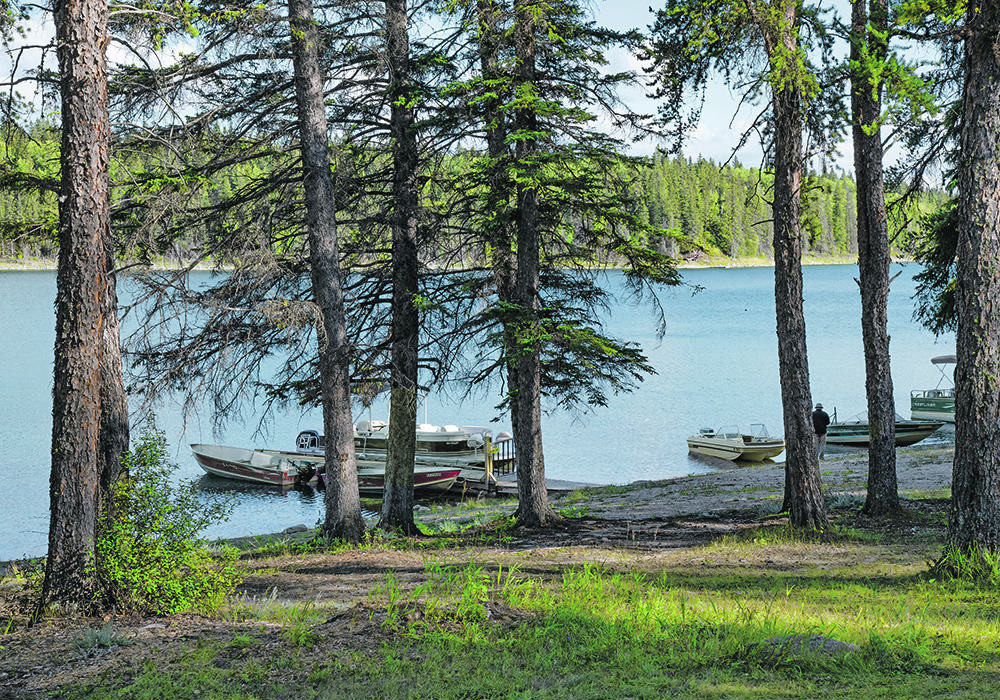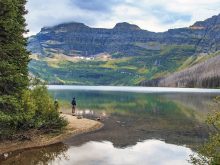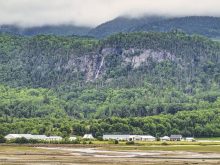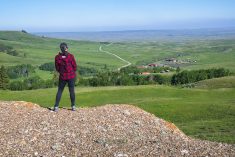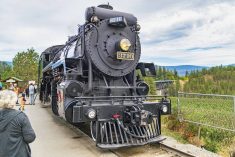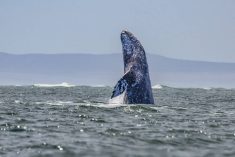The Duck Mountain Highlands form the highest part of the Manitoba Escarpment near the Manitoba-Saskatchewan border.
The hills were once the western shore of ancient glacial Lake Agassiz. Today they rise high above the surrounding plains and are covered in forest and lakes. Provincial parks in Saskatchewan and Manitoba preserve parts of the hills and make them accessible to visitors.
We had visited the Saskatchewan side of Duck Mountain many times over the years so this summer we thought it was time to explore the Manitoba section, which is close to 10 times the size.
Approaching from the west, an excellent option is to take a scenic road trip to see the parks in both provinces, ascend the highest peak in Manitoba, plus take in one of Manitoba’s most curious and little-known attractions.
The main road through the provincial park in Saskatchewan (Highway 57) continues east into Manitoba. Immediately after crossing the border, turn north onto Highway 83 heading toward Swan River. Just after the community of Benito, the highway turns sharply to the east. From this corner keep heading north on Road 487, crossing the Swan River Valley and following the signs to the Thunder Hill Ski Area.
Just before the ski hill, a sign beside the road indicates Swan Valley Magnet Hill. Approaching the sign, it certainly looked as if we were going downhill. We followed the instructions on the sign, which said to stop, put your vehicle in neutral, and then release the brake. Almost instantly, we started rolling backwards, seemingly uphill.
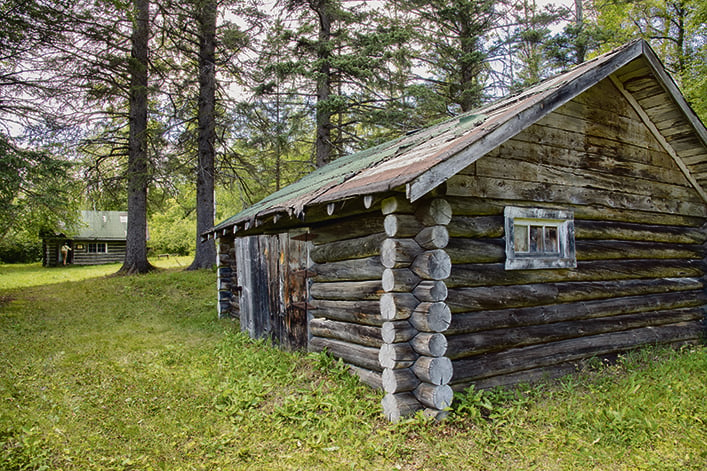
Despite the name, there’s no gigantic magnet pulling the car. It’s an optical illusion where our brains get fooled into seeing an upward slope as going down because of the surrounding terrain.
This anomaly only occurs in a few other places, the most famous being Magnetic Hill in New Brunswick, a major tourist attraction. This is the only place we are aware of to experience this phenomenon on the Prairies. It’s a cool spot that will leave you scratching your head in disbelief.
The nearby town of Swan River, with its large sculpture of a swan in front of the visitor information centre, is the main service centre in the area and a convenient jumping-off point to visit Duck Mountain Provincial Park from the north.
Head east of town on Highway 10, then south onto Highway 366, which runs the length of the park. The terrain soon changes as we leave farmland behind and enter thick forest and seemingly endless lakes and wetlands. It was the sheer number of lakes that impressed us most about the park. Many have boat access and even signs as to what fish species you might catch. Besides fishing, there are also canoe routes and several hiking trails.
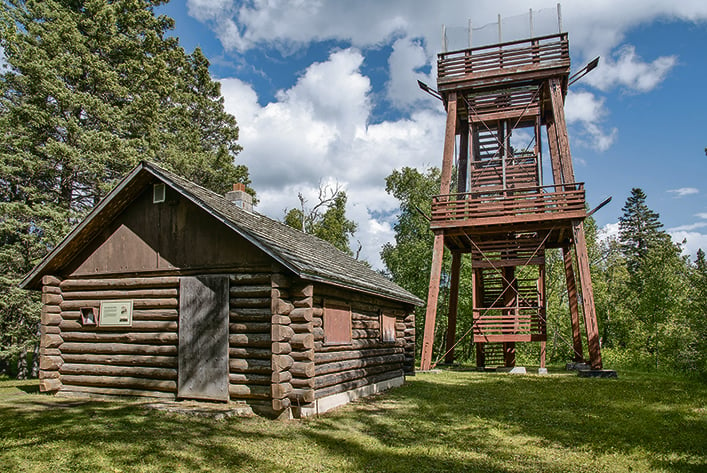
The three main recreation areas are Wellman Lake in the north, Blue Lakes in the centre, and Childs Lake in the west, each with campgrounds and accommodation in a lodge or cabins. Singuish Lake in the eastern part of the park also has a small campground. In between, the park has a remote, off-the-beaten-path feel to it.
Our favourite was the Blue Lakes. At first, we wondered about the obvious name. Aren’t all lakes blue? But here the water is so intensely blue that it seems like a scene from the Caribbean. The hue changes with the angle of the sun and at times it looks more emerald green.
East Blue Lake is 60 metres deep in places and is considered one of the clearest lakes in Manitoba. This has also made it a hotspot for scuba divers. If you have time for only one walk, make it the pleasant Blue Lakes Trail, a 5.5-kilometre loop along the shores of both East and West Blue Lakes.
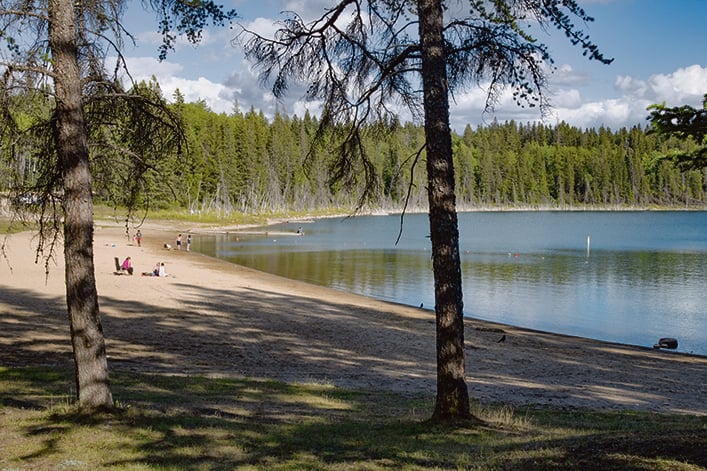
Near the southern end of the park stands Baldy Mountain, the highest elevation in Manitoba at 831.2 metres. We can simply drive to the top beside Highway 366. Early settlers named it Baldy because fires had burned it bare, though now it is heavily forested. A viewing tower helps visitors to get above the trees for sweeping views to the south. The Baldy Mountain Trail is a three-kilometre loop walk down the hilly slopes. Part way down is an old ranger’s cabin and stable dating to the 1920s.
Head back to the Blue Lakes where Highway 367 runs through the western section of the park and to the scenic mix of forest and farmland near the Saskatchewan border. Here too we pass a series of attractive lakes. One even has the official name of Beautiful Lake.
Arlene and Robin Karpan are well-travelled writers based in Saskatoon. Contact: travel@producer.com.


